japanese beetle life cycle iowa
Adult female beetles lay eggs in the soil in early June. Japanese beetle life cycle.

Japanese Beetle Food Preferences Horticulture And Home Pest News
Japanese beetles mainly feed on the leaves of their host plant skeletonizing them in a matter of days.
. After the egg hatches in summer the grub feeds on roots until the following summer when it emerges as a shiny beetle. The adult Japanese beetle is a little less than half an inch long and has a shiny metallic-green body with bronze-colored. The males usually are.
Japanese beetle have one generation per year Figure 2. Japanese beetles are often found in field edges or areas of delayed growth. Japanese beetles go through multiple stages in their life cycle.
A row of white tufts of hair can be seen protruding on both sides of their abdomen under their elytra. 50131 - Johnston Iowa. The Japanese beetle did not appear in Iowa until 1994 but is now found in over 34ths of the state.
Adults begin to emerge in May and feed on foliage through September. Here are the stages in the lifecycle of a Japanese beetle. The adult Japanese beetle is a little less than half an inch long and has a shiny metallic-green body with bronze-colored outer wings.
The beetle has six small tufts of white hair along the sides and back of its body under the edges of its wings. Japanese beetles are similar to other Junebugs in appearance and 38 inch long and 14 inch wide. Thats because much of its life cycle takes place underground.
Please enter a valid location. Corn soybean ornamentals fruit trees grapes weeds. Life Cycle Japanese beetles have one generation per year in Iowa Fig.
Females lay eggs in soil that hatch within seven to 14 days and grubs begin feeding on grass roots. Japanese beetle life cycle. They overwinter deep in the soil and resurface again in spring when soil temperatures rise to feed for another 3 to 4 weeks before emerging as adult Japanese beetles.
Grubs cease feeding in October and overwinter 15 cm below the soil surface Figure 3. How to Recognize the Japanese Beetles Life Stages. Management of Japanese Beetle.
These beetles can feed on more than 300 plant. Stage 1 eggs Stage 2 larva instar I II III Stage 3 pupa chrysalis. Its not easy to spot the Japanese beetle at first.
These large groups can devastate the garden. These beetles have a bright appearance due to their color combination a metallic green head and thorax and a copper-colored elytra partially covering their abdomen.
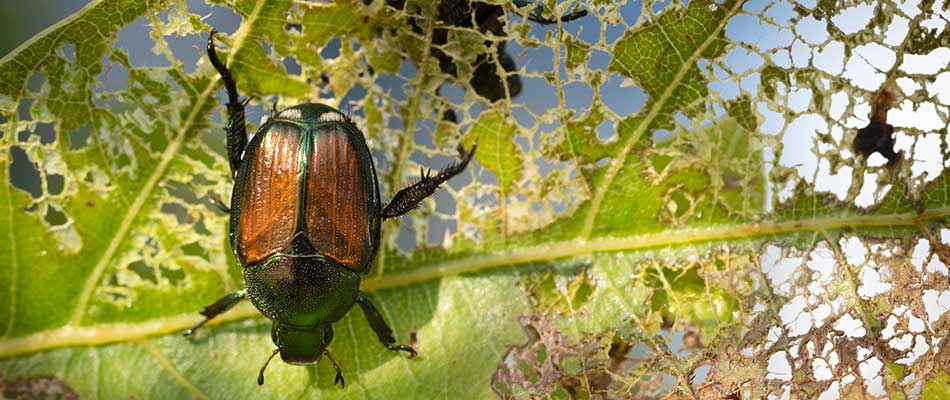
Japanese Beetle Control In Des Moines West Des Moines Ankeny Ia A Lawn Landscape

Is It Japanese Beetle In The Field Or Something Else Integrated Crop Management

The Japanese Beetle Has Reached Its Peak Population In Places Across Iowa While Some Areas Of The State Have Not Seen The Bee Japanese Beetles Beetle Japanese
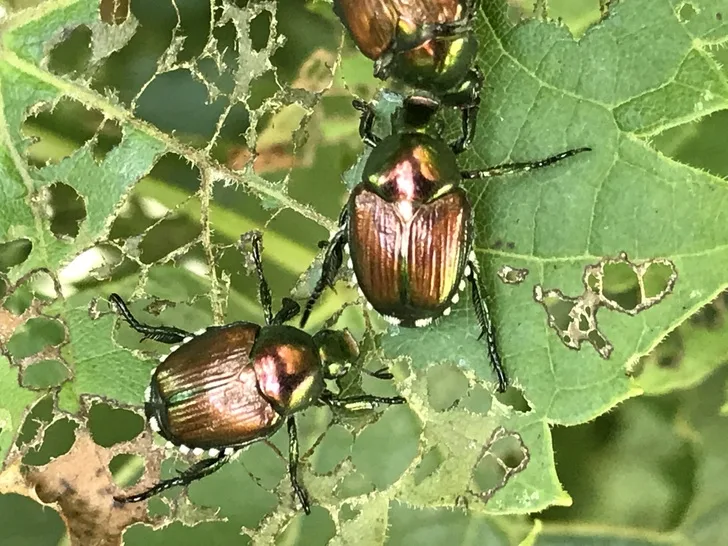
10 Ways To Get Rid Of Japanese Beetles Naturally

Japanese Beetles Emerging In Southern Iowa Integrated Crop Management

Signs Of Japanese Beetle Infestations Shades Of Green Lawn Landscape

Japanese Beetles Begin Emergence Integrated Crop Management

Crop Insects To Watch For In June Iowa Agribusiness Network
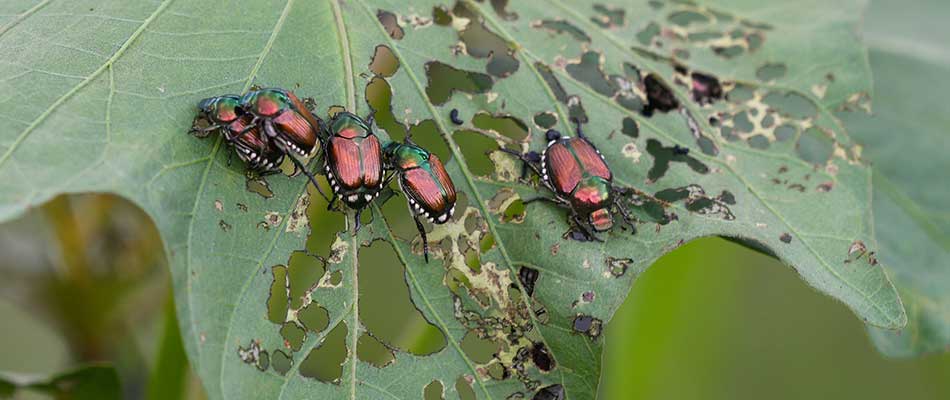
How To Get Rid Of Japanese Beetles A Lawn Landscape Blog

Japanese Beetle Control In Des Moines West Des Moines Ankeny Ia A Lawn Landscape

Japanese Beetles Meadows Farms
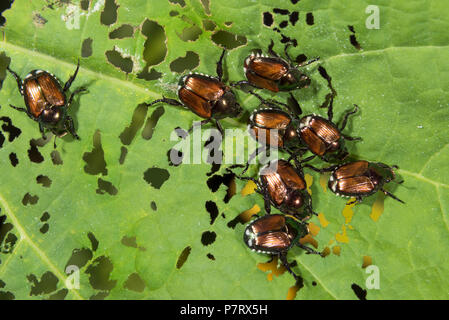
Japanese Beetles Popillia Japonica Eating A Physalis Leaf Iowa Usa Stock Photo Alamy

Japanese Beetles Expanding Range In Iowa Integrated Crop Management
Where Have All The Beetles Gone Homegrown Iowan

Japanese Beetle Adult Emergence Begins In Southern Iowa Integrated Crop Management
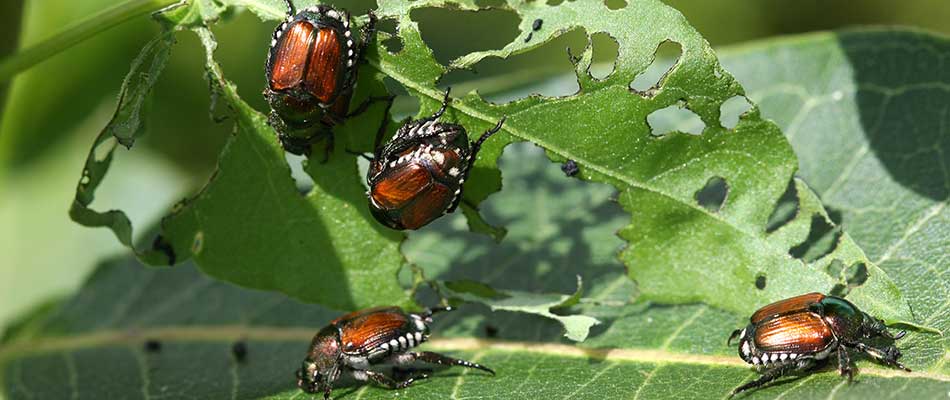
Japanese Beetle Control In Des Moines West Des Moines Ankeny Ia A Lawn Landscape

Iowa Be On Lookout For Japanese Beetles Agfax

Japanese Beetle Adult Emergence Begins In Southern Iowa Integrated Crop Management
